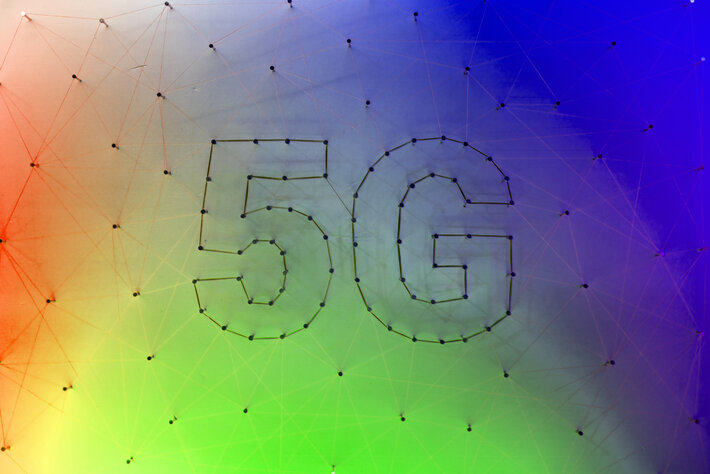Verizon demonstrated a use case for deploying a mmWave (millimeter wave)-based internet service to multi-dwelling units which would expand the reach of its licensed 37GHz to 39GHz spectrum. By utilising Verizon’s mmWave high band spectrum holdings, fibre infrastructure, and Intelligent Edge metro and core infrastructure, this point-to-multipoint architecture is created for multi dwelling units (MDUs), distributed enterprise campuses, and high rises.
It offers dependable, secure, multipoint connections from a single donor cell site. The recent demonstration showcased an architectural design that is less expensive to build, fast to deploy, and addresses the complexities of distributed end users in a single facility or small area such as a residential unit with a large population.
In this proof of concept, an airlink over licensed mmWave spectrum was established between a centralised, rooftop radio site and a radio atop a simulated multi end-point building. The signal was then transmitted via coaxial cable throughout the building to a data processing unit along with a corresponding modem. From there, the building’s existing wiring transported the signal to end user routers that provided broadband coverage throughout simulated distributed end points.
Instead of transmitting the data through Verizon’s 4G and 5G wireless cores, this architecture uses a simplified Broadband Network Gateway to direct the traffic to and from the internet over Verizon’s public IP (internet protocol) network. This means that data traffic will not add load on Verizon’s current wireless cores while at the same time providing capacity and latency.
“Verizon has been building the infrastructure and assets for years to make this new design possible,” says Adam Koeppe, senior vice president of technology planning for Verizon. “Leveraging our significant fibre footprint in over 70 major markets nationwide and large amounts of ready-to-use mmWave spectrum, this new architecture means we will be able to provide point-to-multipoint architecture in a cost effective and efficient way.”
Leveraging Verizon’s current mmWave spectrum and fibre assets means this point-to-multipoint technology could reduce the cost of providing broadband to many locations. Depending on the various designs of buildings, office complexes and campuses, running fibre connections to individual buildings and individual units within buildings requires complex licensing, capital investments, long lead times and can be disruptive, making air links and established indoor cabling appealing alternatives for delivering services.
Applications for this type of point to multipoint mmWave based technology could include distributed enterprise campuses, commerce areas, home broadband for multi dwelling units or other areas where air links could connect donor sites in the radio access network to facilities with their own internal infrastructure.
Comment on this article below or via Twitter: @VanillaPlus OR @jcvplus






